Forest Legends Museum
The elephants and other animals of the Knysna Forests – and the woodcutters who worked the forests in the 19th and early 20th Centuries
The Portuguese explorer Vasco da Gama wrote that he saw elephants at Mossel Bay when he landed there in 1497. And the colonial forest service’s Conservator of Forests for the Southern Cape, Captain Christopher Harison, estimated that there were between 400 and 600 of them in the Knysna-Tsitsikamma area in 1856.
But there may be only one left today.
The Forest Legends Museum at Diepwalle (Deepwalls) is dedicated to those elephants, and also to the woodcutters of the 19th and early 20th Centuries who harvested the indigenous forests.
Forest Legends Museum
The Forest Legends Museum occupies a historic building in a clearing in the forest.
Its three rooms are dedicated to:
- The lifestyle of the woodcutters
- The Knysna elephants – with the complete, mounted skeleton of a male elephant that was discovered near the Garden Of Eden in 1983. The animal had probably died about ten years before it was found. (This is the same skeleton that stood in the window of Knysna Tourism, at 40 Main Street, the late 1980s.)
- A collection of photographs and books about the plants and wildlife of the forests
Tea-room
- The historic forester’s cottage next door to the Museum is now a tea-room serving tea, coffee, cooldrinks, cakes, and light meals.
‘Rooted in Time’ self-drive tour
- The Forest Legends Museum and forester’s cottage tea-room are way-points on SANParks’ ‘Rooted in Time’ self-drive tour of local heritage sites. Download a map and brochure here.
Find the Forest Legends Museum
- The museum is situated at the Diepwalle Forest Station, just off the R339 (the approach road to the Prince Alfred’s Pass between Knysna and Uniondale). It’s 16 km from the N2 national road
- GPS: -33.948627, 23.157718
Forest Legends Museum hours
- The museum & tea-room are open daily 9:00 – 5:00
Contact the Garden Route National Park
- Telephone +27 (0) 44 302 5600
- www.sanparks.org
People and the Knysna forests
Early hunter-gatherers – who seem to have entered the forests about 2,000 years ago – probably had only a light influence on the forest eco-system. It’s been suggested that they lived mostly in caves on the coast during winter, and moved inland in summer, where they collected roots and bulbs, and may have burned fires to drive out the game animals they hunted. (See video below)
Their lives were irreversibly disrupted, and their clans began to disintegrate when European settlers began logging in the forests. Many of them went to work as farm labourers – but their clan names live on in place names like Namaqua and Outeniqua.
The forests of the Garden Route were vital for the settler economy. When the Dutch East India Company established its first settlement in 1652 in present-day Cape Town, they’d found a small supply of timber on the slopes of Table Mountain – but it was quickly used up, and they had to turn to ‘Outeniqualand’ (the George-Knysna-Tsitsikamma area) as a more plentiful resource.
They needed timber for everything – for tools, as building material, for fencing, and for the manufacture of ships, furniture, wagons and carts – and they began exploiting the indigenous forests of the Garden Route in about 1763.
- 1776: a woodcutter’s post was established near the present-day City of George. The timber was transported overland by cart to Cape Town .
- 1778: Governor Joachim van Plettenberg visited the area, and saw that the forests were being recklessly destroyed. He appointed Johann Meeding as resident at Plettenberg Bay. Although Meeding never instituted any conservation measures, he did bring a semblance of control by entering into contracts with the woodcutters.
- 1804: George Rex bought and settled on the farm Melkhoutkraal on the banks of the Knysna Estuary. He saw the potential in the forests of the area, and immediately began lobbying the Colonial Government to establish a harbour at Knysna for the export of timber. It did so in 1817.
- 1836: the Great Trek created a surge in demand for timber for the construction of wagons.
- 1846: the government closed the worked-out forests, divided them into lots, and sold them by public auction. The remaining forests were reserved as Crown forests under the control of local magistrates, who were responsible for issuing felling licenses.
- 1847: all Crown forests were closed for harvesting. They were re-opened in 1856 as a result of timber shortages.
- 1869: The Great Fire of 1869 burned a swathe from Humansdorp to Riversdale. Large areas of forest and almost all the grasslands of the region were destroyed.
- 1880: Count M. de Vasselot de Regné, was appointed as Superintendent of Woods and Forests for the Cape Colony. He introduced the first real efforts towards conservation of the forests.
- 1888: The Cape Forest Act was passed, and the first timber plantations were established near Knysna to reduce the demand on the indigenous forests. But the demand for timber ensured that the destruction of the indigenous forest continued.
- 1939: The woodcutters’ rights to work the forests were withdrawn.
- 1940: The Department of Forestry closed the forests to all exploitation, except for the harvesting of dead and dying trees, and windfalls.
- 1964: An indigenous forest research station was established under the leadership of Dr. Friedrich von Breitenbach at Saasveld, near George. The system of multiple-use conservation management developed there forms the basis for the management system applied today.
- 1964: The Tsitsikamma Coastal and Forest National Parks were proclaimed; this established South Africa’s first marine protected area, and conserve the associated coastal forests of the region.
- 2009: The Garden Route National Park - a complex of protected areas managed as a single entity by SANParks - was proclaimed on the 6th of March (Government Notice 248 in Government Gazette No 13981)
Visit our page: Pre-colonial people of the Knysna Forest
Video: Naming the pre-colonial people of the Garden Route




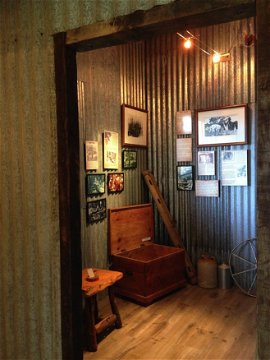
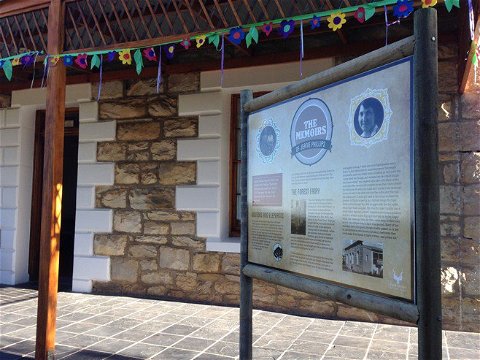
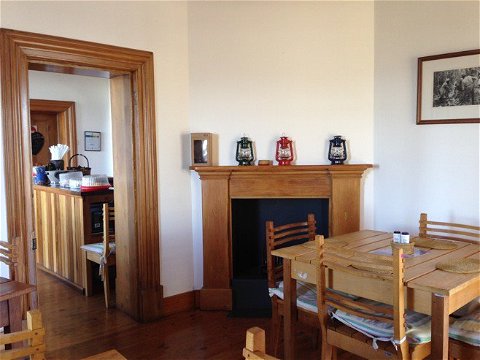


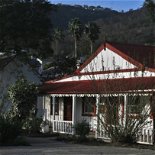


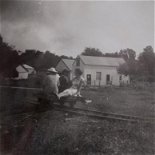


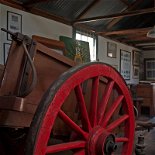
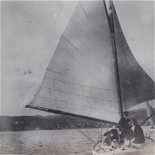



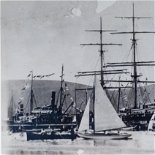
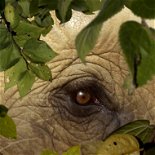
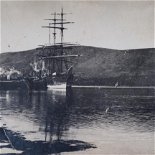


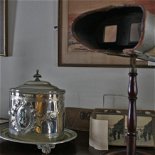
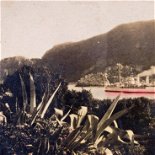
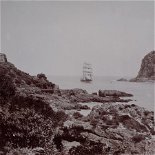
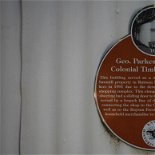
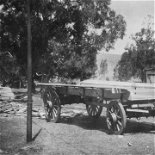
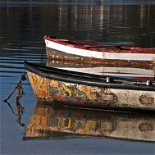

Share This Page